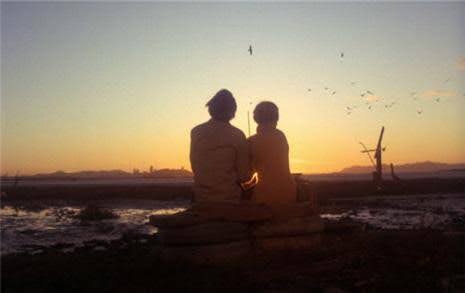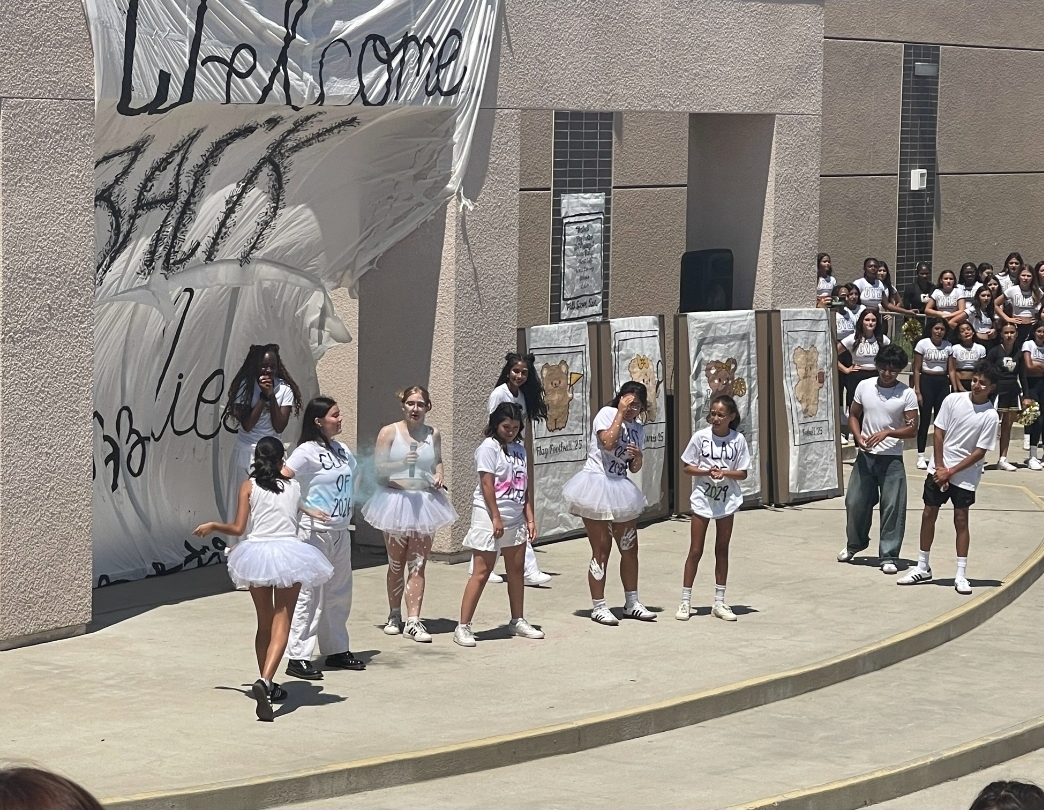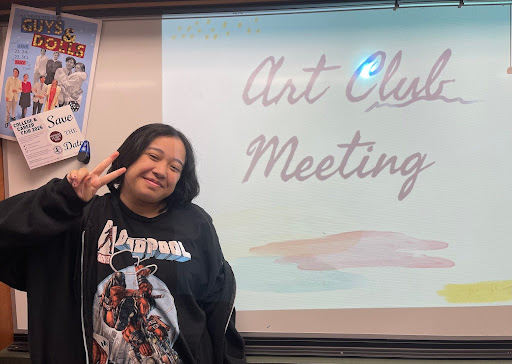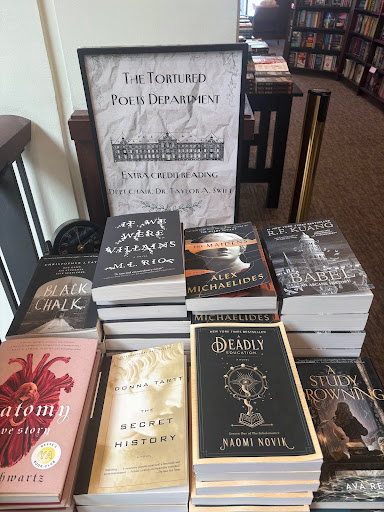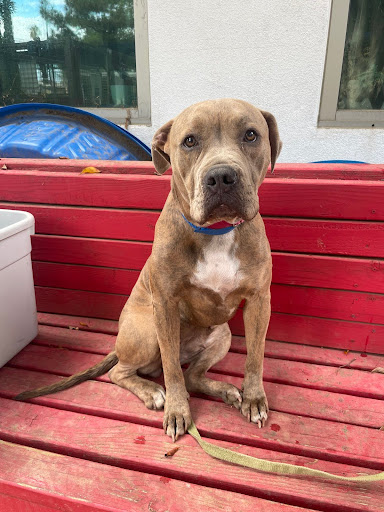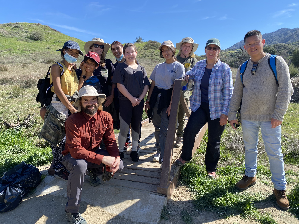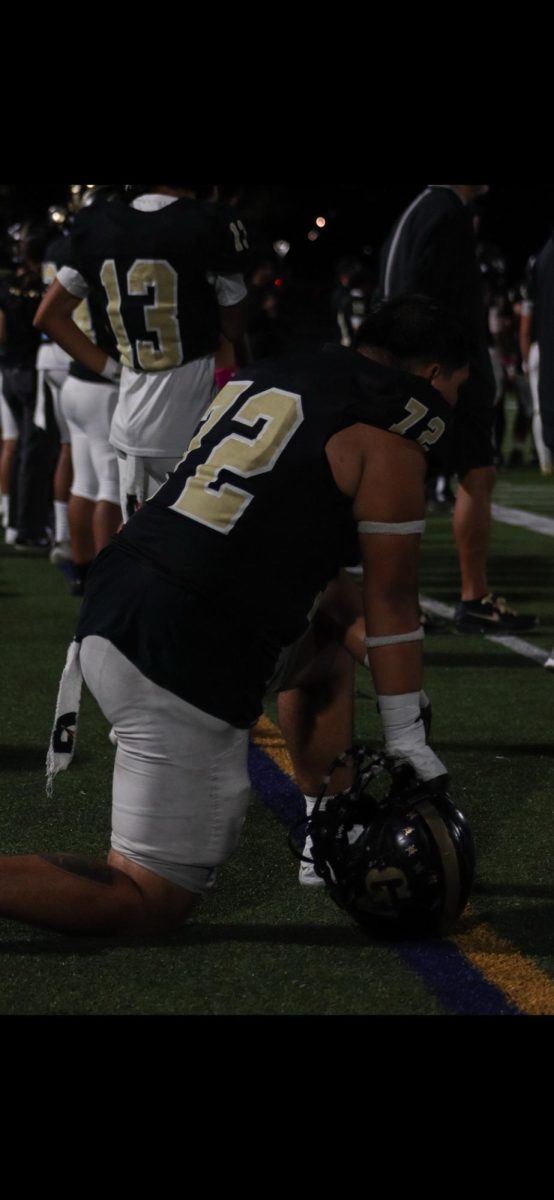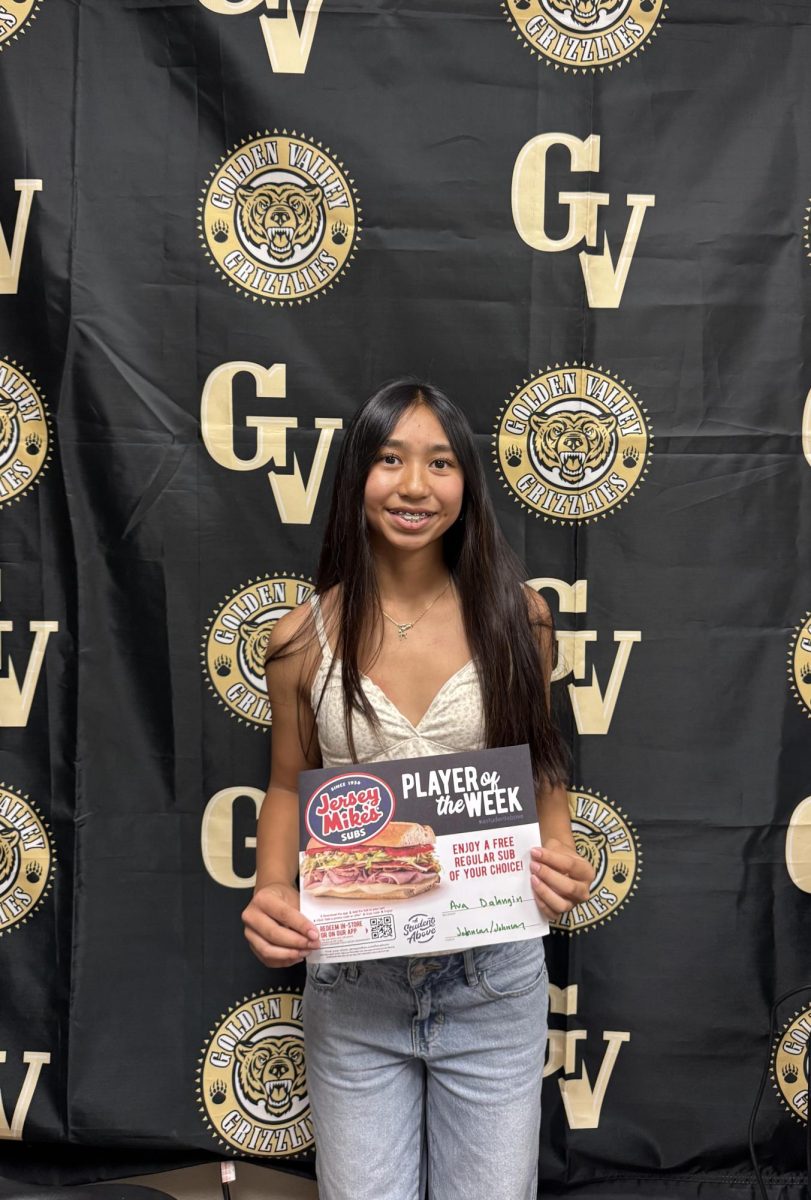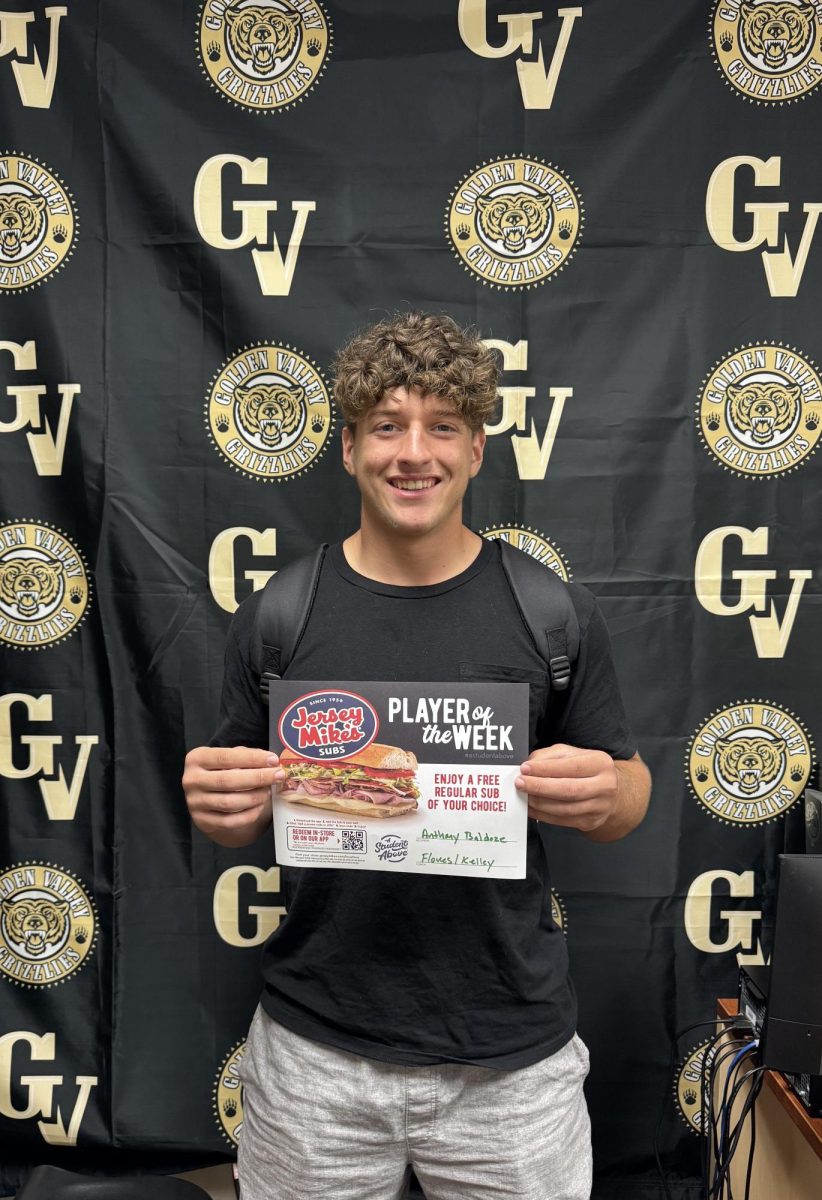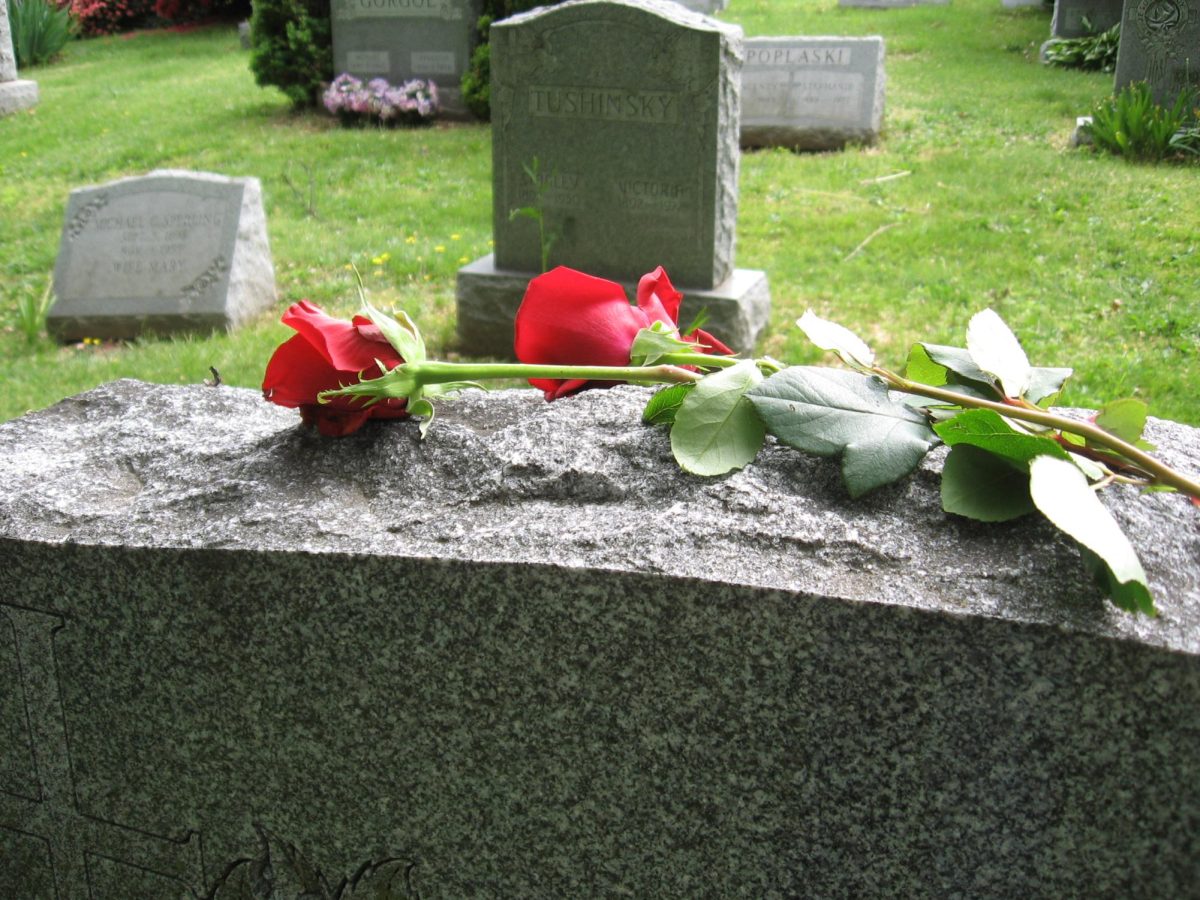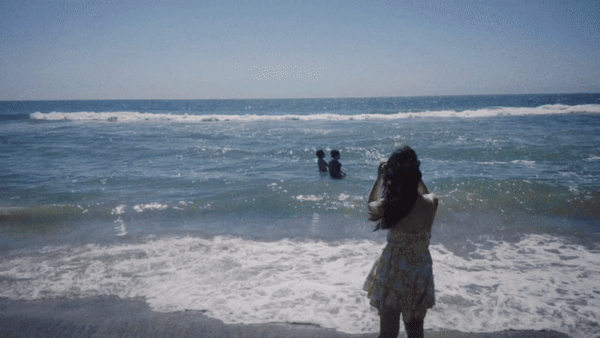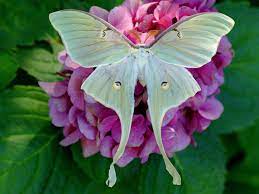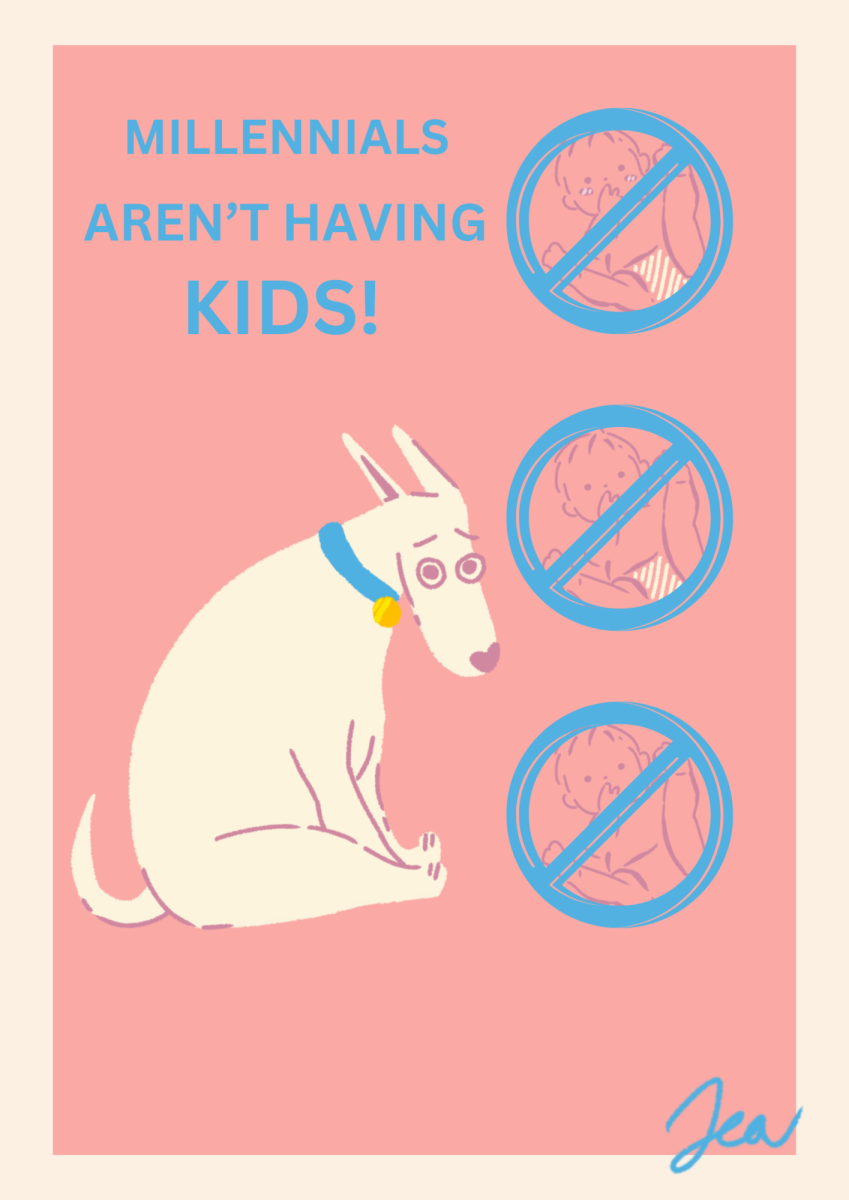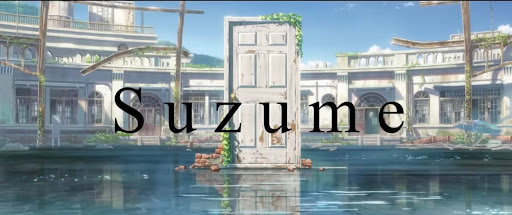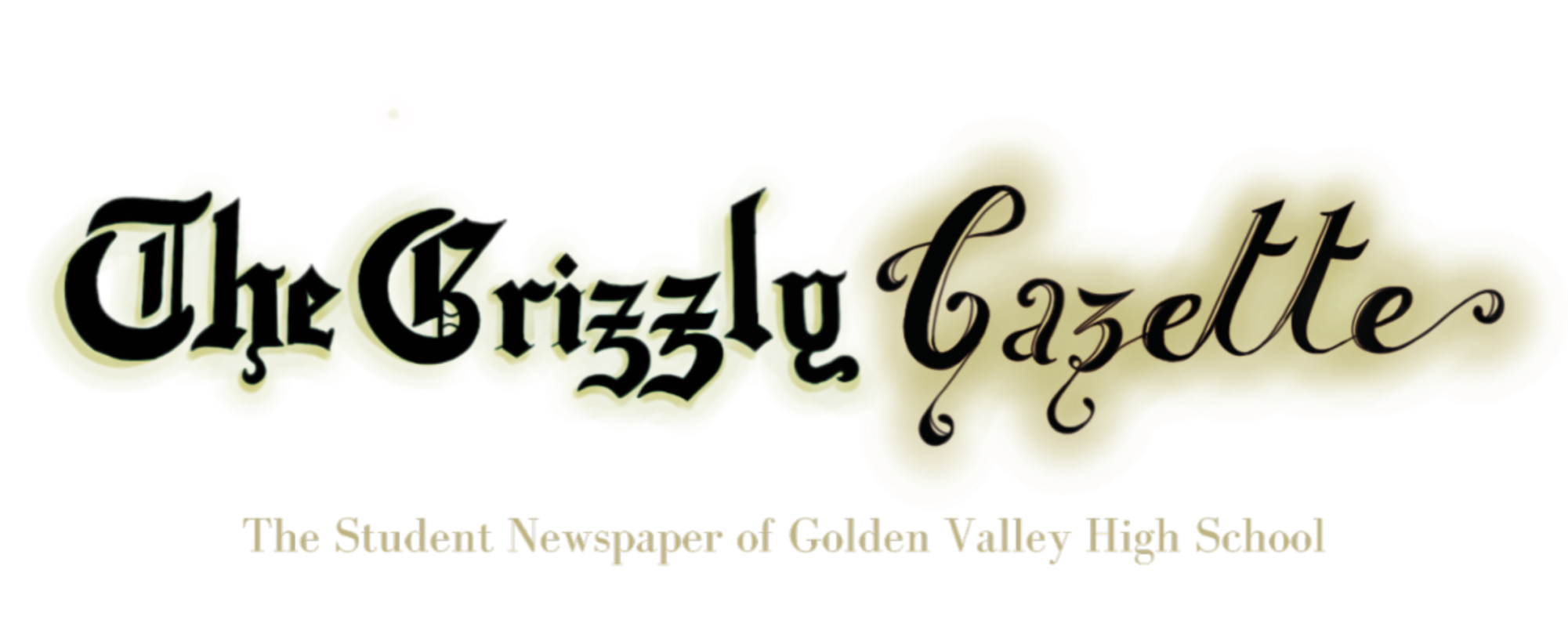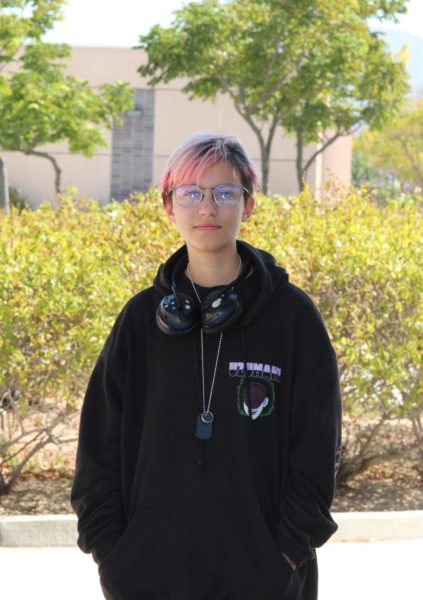You can only accept life and death, the day you realize that they work together as one
Harold and Maude Movie Review
The Sunflowers, how Maude was the embodiment of life itself.
Harold married to life, while Maude embraced death.
Through Maude, Harold learned to live and through Harold, Maude learned to accept death.
The movie was melancholic and relatable. It stars a young man in his early 20s named Harold who was infatuated with death and dying. He was suicidal; he had no hope for the future and would pretend to kill himself in many different ways. His mother, who I found interesting to not react to his actions, never did anything about it and just let him pretend to play dead even if his attempts looked far too real for comfort. It was somewhat unnerving but if the characters thought nothing of it, so I accepted it as foreshadowing.
He met an old woman, who was about to turn 80 in a week’s time at a few funerals they both attended.
It was a pastime to him, almost a hobby. To Maude it was more of a joke; to pick and prod as a way to make fun of what she considered ‘death’.
They became close friends after a few moments of meeting up. Maude, the ever-hopeless romantic about life, loved showing Harold the little things in life that created a new spark of youth in him. She showed him how to let go of things, knowing that life continues without anyone, whether you like it or not. No one is the main character in the struggle that is being alive.
She seemed afraid at first, no matter how laid back she was. It wasn’t something she showed it was something she presented. I felt it through her actions since I believe it is a shared human experience. She stole cars and violated numerous rules and laws. (How much do you bet that the police hated her?) She was the freest of free spirits out there. She was not afraid to show her opinions and thoughts. She was breaking Harold’s hopelessness bit by bit. By showing him her collection of random trinkets and instruments and whatever else, she had in her home that she had collected over the years.
They did so many things together and, honestly, both of them were learning so much from each other. Maude, the reckless driver she was and ironically in Harold’s hearse, would drive around and see things through a lens of hope. The colors of the movie were washed out and sometimes dim, but the more Harold hung around Maude the movie exploded with soft pastels and matte colors. Maude breathed life into his world and changed it from the murky shallow waters of death to the hopeful grasp that was hope. It was the light at the end of the tunnel in the shape of a person that understood and cared for you. It was uncomfortable.
They went to visit a flower field and Maude asked Harold what his favorite flower was. He said the daisy because it was just like everyone else. I find this intriguing because a daisy isn’t even a flower, it is a weed. And he felt like his presence was a burden but never tried to end it completely because of fear.
Then she went on to tell him that no matter how similar they were; they all had their small differences that she, of course, expressed to Harold. Afterwards, she tells him about how her favorite flower is the Sunflower. It is due to the fact that she loves how lively they are and how they always face the sun no matter how dark the day is, that she loves them. She also expressed how she wished to be born again as a sunflower once she was gone. In a way, this shows some sense of foreshadowing.
They went to picnics at deconstruction sites and robbed trees from public spaces to plant them in the woods. Maude taught Harold to appreciate life through the little things like learning an instrument or drinking “organic” liquors. They broke many speeding rules and tricked many people with harmless pranks that made them giggle and cackle at each other because they wanted to enjoy their time.
The entire time while Harold’s mother was trying to fix her son’s life by giving him blind dates with some random girls from a random website, he was over here sneaking out and scaring the dates with his freakish suicidal jokes and dry humor. He never liked any of them and they were too afraid of him. He was gifted a car and had his hearse traded out because his mother did it without permission. He fixed it back into a hearse, a sports car that had the back of a hearse painted all black. So now it had horsepower to back it up.
I found it ironic how they had a picnic at a graveyard with small white gravestones that all looked the same. As the frame zoomed out it looked like they were in a field of daisies. But this time instead of all of them looking like one single unity, Harold and Maude together stuck out with their bright clothes and blanket. Proving that the small unique parts of a person are what makes them special. Around this time I thought that something would happen. It was too happy and honestly thats never a good sign for a movie. So with the anticipation and anxiety, I started putting some of the details together, leaving me with options I was not so excited to deal with.
They went to festivals and shared countless fun memories together. They tricked Harold’s uncle into believing that Harold was too mentally unstable to get drafted into the military and they had some moments where they were closer than the sun to the sky and the moon to the stars.
There was a moment when they both got high from a boosie contraption and we got the reason and backstory as to why Harold liked playing dead. Opening Maude’s eyes to something we couldn’t tell at the moment, it was another addition to the foreshadowing of what was to happen.
They had some moments and some suspicious parts that might not be for everyone (implied major age gap relationship). He even asked for permission to marry her out of so many people his mother had forced him to interact with. They all called him crazy and disgusting for liking an old woman, but of course, he did not give a damn.
He was going to ask her on her birthday. He set up her train cart house with decorations of sunflowers and some organic drinks. He was going to propose to her. Until she told him that she had taken pills to kill herself earlier that day and she would be gone by midnight. It was a crash out that could have been avoided really but the dread and downright desperation made my brain hazy, accompanying the muted scene.
He rushed her to the hospital with the call of the ambulance. The slow change of watching the doctor walk to the waiting room to the moment where they were signing Maude into the hospital made the whole scene more desperate and sadly predictable. Maude, the light of all his life; had died that night at midnight, just like she wanted to. They switch positions: Maude becomes how Harold was at the beginning of the movie and Harold takes her free-spirited ideas and uses them to keep living in the memory of who he once was and letting it simmer and fall away in a distant echo. There is this ironic feeling of desperation once she achieved what she wished for even though it was something that Harold had been dreading the entire time they had known each other.
Afterward, Harold drives in his hearse recklessly for a long while and keeps speeding up; the hearse keeps flipping from side to side, and his expression of sorrow is shown, then the car swerving dangerously close to the other lane and the sides of the road. He makes it to a cliff and the scene shows the hearse driving off of it. It splats top first and is crushed immediately.
I honestly thought he had died. It was a gruesome scene and I was shocked that he would decide that even after all that he wouldn’t try to move on. But putting together the last parts, the emotions and the feelings, I didn’t let it take over my perception. I faltered for a bit but once I realized, ‘This cant be the end because Harold decided it wouldn’t be. He learned from Maude, and he would do what she had done; let go and keep moving forward.’
The movie zooms out from Harold standing on the edge with a sad smile, and his banjo that Maude had gifted him. He then turns around and starts playing the small tune that had been shown as a sad memory of who he used to be. It plays slowly as he walks away and starts dancing to it. He is fulfilled and happy. Maude had left the world, accepting that death was coming. Harold continues on with his life, letting go of what horrible things life could give and moves forward with a new purpose:
Being a hopeless romantic for life.
The opening of the movie was dark and the main theme song, I’d say, was brooding and somewhat miserable. In the end, the same song was played by Harold’s banjo, projecting a melancholic tune in memory of a future. Plus, the scene was never dark again. As the movie progressed, the light followed them more often and the mood got happier. When they both learned to move on from their worries and sorrows, learning from each other, the movie got lighter. They needed each other to complete a part of life that was not thought to them, necessary.
This movie was wonderful. Really, it is something I wish to gatekeep so badly but at the same time share with the world. But honestly, this movie was just a memory. It’s not something that should be made to hold anyone back. It was created to show that in life there is death and in death there is life. Accepting both will make things a little simpler, I’d assume.
